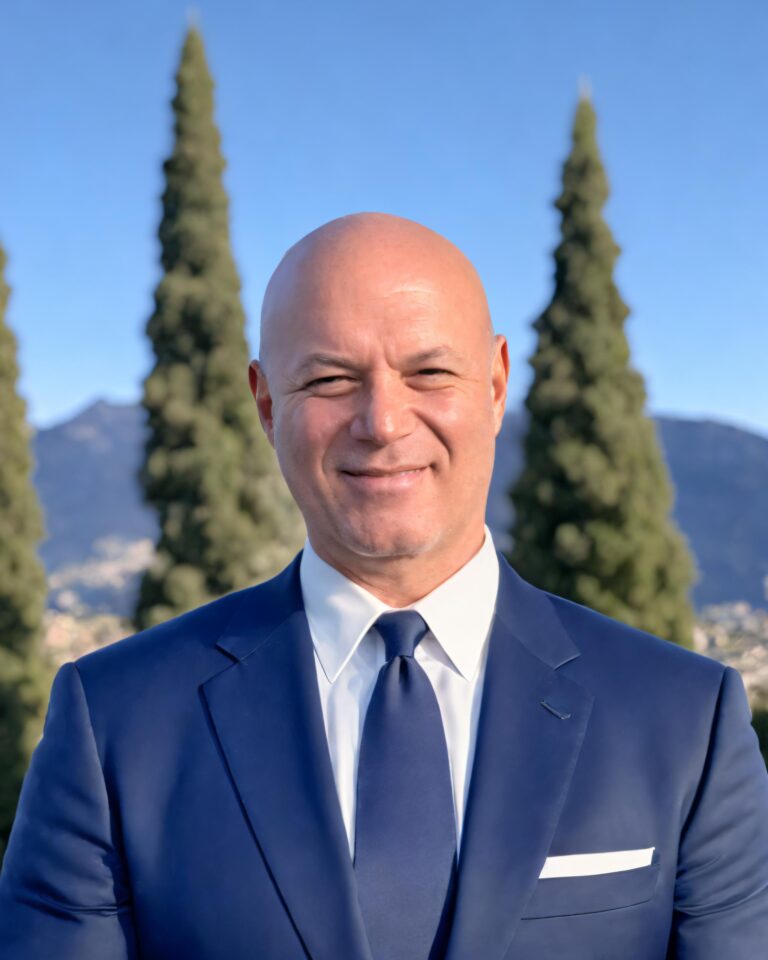America’s Systemic Collapse: The Pandemic as a Reflection of Institutional Failure
The COVID-19 pandemic revealed cracks in the foundation of American society, but perhaps none as stark as the systemic failure embedded in its governance, economy, and social structures. While the health crisis dominated headlines, the deeper issues—governmental corruption, corporate manipulation, and political polarization—were laid bare, offering a clear picture of how these long-standing problems contributed to the catastrophic impact of the virus. What transpired was not just a health emergency, but a profound crisis of governance, where institutional decay accelerated the nation’s unraveling.
A Pandemic Exposed by Governmental Ineptitude
At the heart of the U.S.’s failure to manage the pandemic was the sheer dysfunction within its government. The initial response was a mixture of confusion, incompetence, and outright denial. With early reports of a new virus in China, the U.S. government had an opportunity to prepare. Yet, when the virus began to spread, the federal government was woefully unprepared, with a patchwork response from state to state that created further chaos.
A key element of this failure was the lack of a centralized response. The Trump administration was hesitant to engage with experts and seemed to prioritize political interests over public health. While leaders in other nations—many of them far less wealthy or resource-rich than the U.S.—moved quickly to implement lockdowns and protect their populations, the U.S. faltered. The absence of coherent messaging, constant flip-flopping on policies, and repeated undermining of scientific expertise contributed to widespread confusion and resistance among the public.
But beyond mere incompetence, the government’s actions pointed to something deeper: corruption. Throughout the pandemic, political interests guided decisions about the distribution of resources and medical supplies. There were numerous reports of government officials using their positions to secure access to personal protective equipment (PPE) or vaccines for their allies. The failure to protect healthcare workers and ensure equitable access to critical resources illustrated the extent to which the government had been compromised by corporate and political agendas.
Corporate Interests at the Helm
While millions of Americans were suffering, corporations thrived, capitalizing on the pandemic in ways that exposed the influence of big money on government policy. The pharmaceutical industry, in particular, had a central role in this narrative. Companies like Pfizer, Moderna, and Johnson & Johnson made billions from the pandemic, in part due to their ability to negotiate favorable contracts with the government. These companies weren’t merely responding to the pandemic’s needs; they were profiting from it.
The pricing of COVID-19 vaccines exemplified the staggering profiteering at play. A dose of the Pfizer vaccine, which cost only $1.18 to manufacture, was sold to the U.S. government for $19.50. This marked-up price was no anomaly; across the board, the prices of medical supplies, ventilators, and PPE were artificially inflated by companies that had long enjoyed cozy relationships with lawmakers and regulators.
This corporate influence went beyond just profiteering. Reports of insider trading linked to vaccine stocks further demonstrated the entwinement of politics and corporate power. Key government officials, many of whom were making decisions that directly impacted the pandemic’s trajectory, had financial stakes in companies poised to benefit. This made it clear that, while Americans faced life-threatening shortages of medical supplies and vaccines, many companies and politicians were riding the wave of the crisis for personal and financial gain.
Political Polarization and a Fragmented Response
The pandemic also underscored the increasing polarization of American society, with public health measures becoming a battleground in the culture wars. Mask mandates, social distancing, and lockdowns were framed as ideological symbols, not public health necessities. The response to the virus became a partisan issue, with one side advocating for science-based measures and the other rejecting them as an infringement on personal freedoms.
This ideological split reflected a broader breakdown of trust in American institutions. When the government and the media couldn’t agree on the basic facts—when one political party denied the existence of the virus, and the other politicized public health measures—the public grew confused, frustrated, and angry. The resulting chaos made it harder to contain the virus, as Americans saw the pandemic not as a collective problem but as another flashpoint in their increasingly polarized political landscape.
Moreover, the government’s inability to unify the country around a common public health strategy meant that the virus was allowed to spread unchecked. The anti-science rhetoric, especially from political figures, deepened public resistance to necessary health measures, while misinformation campaigns fueled skepticism about the virus, vaccines, and health officials. This divided response ultimately cost lives and prolonged the pandemic.
A Global Reflection: America’s Tarnished Image
On the global stage, America’s response to the pandemic was a reflection of its internal flaws. The U.S. was once seen as a beacon of democratic values and global leadership, but the pandemic revealed a country divided, disorganized, and mired in corruption. As nations around the world worked together to find solutions to the virus, the U.S. was consumed by internal conflict.
The failure to cooperate internationally on key issues like vaccine distribution and the origins of the virus further eroded the U.S.’s moral authority. While the World Health Organization (WHO) and other nations pushed for greater transparency regarding the virus’s origins, the U.S. government under Trump actively obstructed international investigations, with suspicions surrounding the Wuhan Institute of Virology’s lab leak theory ignored or dismissed. This reluctance to engage with the global scientific community made it appear that the U.S. was more concerned with preserving its geopolitical interests than uncovering the truth.
America’s refusal to join international efforts to distribute vaccines fairly also signaled to the world that the U.S. was acting out of self-interest. While it hoarded vaccine supplies for its own population, millions of people in developing countries went without access to life-saving vaccines, deepening the divide between the global north and south. The resulting resentment from other nations contributed to the global view that American exceptionalism was no longer credible.
The Social Fallout: Inequality and Public Trust
The pandemic also exposed how deeply inequality runs through the fabric of American society. While the rich and well-connected were able to secure vaccines, treatments, and financial relief, the most vulnerable communities faced disproportionate hardships. Minority communities, in particular, were hit hardest by the virus, suffering from higher infection rates and more severe health outcomes.
At the same time, the U.S. government failed to provide adequate economic relief to struggling families, while big corporations reaped massive government bailouts. These economic inequalities became even more glaring during the pandemic, with the wealthiest Americans seeing their fortunes grow, while millions lost their jobs or faced food insecurity. The government’s inability to provide equitable relief exposed a system that prioritized corporate profits over the well-being of its citizens.
Public trust in American institutions plummeted during the pandemic. From a failure to protect public health to the increasingly apparent corruption in government decision-making, many Americans saw their leaders as incapable or unwilling to protect them. The erosion of trust in the government, in science, and in the media led to a further breakdown in social cohesion, making it more difficult for the country to navigate the pandemic and its aftermath.
Conclusion: The Need for Fundamental Change
The COVID-19 pandemic laid bare the deep-seated flaws in the United States’ political, economic, and social systems. Government corruption, corporate manipulation, and political polarization not only worsened the crisis but also exposed a nation unprepared to handle such a devastating event. As the U.S. struggles to recover from the pandemic, the lessons are clear: systemic reform is necessary.
To rebuild trust and ensure the nation is prepared for future crises, America must address these underlying issues. This means rethinking the relationship between government and corporations, restoring faith in public institutions, and working to bridge the divisions that have fragmented the country. Only by tackling the root causes of the pandemic’s devastation can the U.S. hope to emerge stronger and more unified.




